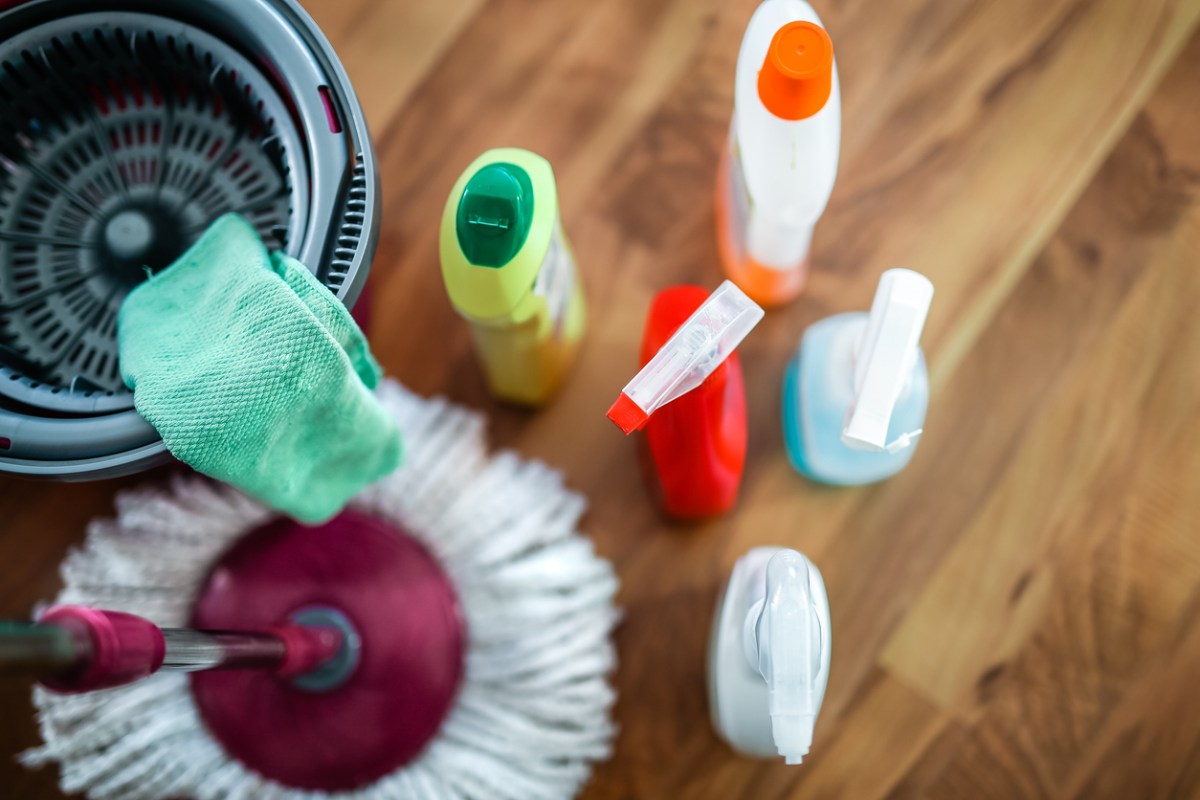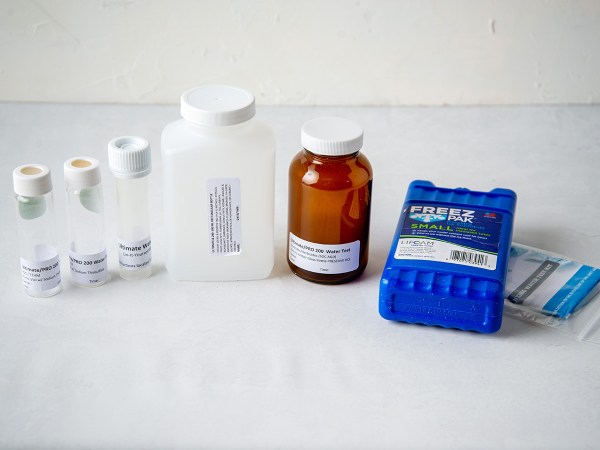We may earn revenue from the products available on this page and participate in affiliate programs. Learn More ›
Substances we now call “forever chemicals” have been in use worldwide since the 1940s. These per- and polyfluoroalkyl substances (PFAS) are chemicals developed to help resist water, grease, or heat in everything from nonstick cookware to clothing. The problem is that the chemicals don’t break down in the environment or in our bodies, and studies are increasingly linking them to harmful health effects. Their use was so prevalent in products and industry at the turn of the 21st century that they entered lakes and rivers, and eventually, groundwater and drinking wells.
More than 4,000 compounds are considered forever chemicals.
No single PFAS presents a level of the chemical that is dangerous on its own, However, with 4,000 such substances in so many consumer goods, exposure adds up quickly. The two most common and likely hazardous PFAS are perfluorooctanoic acid (PFOA) and perfluorooctanesulfonic acid (PFOS), as noted by high levels of the substances measured in U.S. residents’ blood. The reason the chemicals appear in so many items is the convenience they appear to offer, adding water- or stain-resistance to clothing and other items, for example.
RELATED: The Best Filters for Your Drinking and Household Water Supply
Where are forever chemicals found?

Saying forever chemicals are everywhere is not much of an exaggeration. Present in consumer goods from sticky notes to dental floss, the chemicals have worked their way into homes, drinking water, and the soil. Water systems in every state are reported to have PFAS contamination. In fact, the chemicals are so prevalent that it is difficult to fully avoid exposure. PFAS chemicals fill our homes, found in items from dust to carpeting materials. Wall paint, electronics, cleaning products, candy wrappers, toilet paper, and cell phones can contain forever chemicals.
RELATED: 8 Myths About Indoor Air Quality and the Facts You Need to Breathe Easy
Which products most likely contain PFAS?
Some products are more likely to have PFAS. In addition to nonstick cookware, the chemicals often are found in food packages like microwave popcorn bags and pizza boxes, and even in some compostable paper plates. Another likely source is clothing, shoes, and accessories, including some yoga pants and workout shorts. Clothing and other textile items (like carpet and pads) most likely made with PFAS are those touted to be water- or stain-resistant. Food items such as fish and dairy could be contaminated by exposure to PFAS in their environments.
Cleaning and self-care products, along with paints, varnishes, and sealants, are often sources of PFAS in a home. An agency of the CDC provides more information on possible goods that contain the chemicals, with advice for workers and for mothers who are breastfeeding. Product labels seldom list chemical additives, so a seemingly “innocent” product still can contain forever chemicals.
RELATED: The Best Cookware Brands
What are possible harms from the chemicals?
Studies have linked PFAS to kidney and testicular cancers, thyroid disease, high cholesterol, damage to the liver and immune system, as well as to high blood pressure in pregnant women. Forever chemicals have been linked to low birthweight or developmental delays in children, as well as accelerated puberty or variations in behavior. It is likely that PFAS in the body can interfere with natural hormones and can even decrease fertility in women.
Despite increased research on the potential harm of PFAS, much remains unknown about their effects. This is partly because of the thousands of specific PFAS chemicals that need study, and the fact that people are exposed to them at various stages of life.
RELATED: How to Test Air Quality in Your Home
Why are the chemicals in the news lately?

Hundreds of communities have filed lawsuits against three big chemical companies—Chemours, DuPont, and Corteva—responsible for developing PFAS and allegedly hiding the potential harms to people and animals. A June 2023 settlement set up a $1.9 billion fund to help remove PFAS from public drinking water systems. Another suit with 3M tentatively settled for $10 billion to resolve claims from other municipalities. As more is learned about what companies have found and what researchers continue to discover, public warnings have amped up.
What’s being done about forever chemicals?
In March 2023, the U.S. Environmental Protection Agency (EPA) proposed new limits on levels of six types of PFAS in drinking water, lowering enforceable levels to 1 to 4 parts per trillion, depending on the chemical, and recommending even lower levels as municipal water goals. This follows guidance back in 2016 stating that the chemicals were safe in water at levels of about 70 parts per trillion.
In April 2023, the agency asked for public input on the potential of designating future PFAS as hazardous substances, citing a 2022 proposed rule to designate PFOA and PFAS as hazardous substances. These actions are part of a strategic roadmap the agency has committed to through 2024 to address policies and protect the environment and public health.
Meanwhile, PFOA and PFOS have been phased out of U.S. manufacturing, but still are used in other countries. As early as 2002, U.S. production and use of PFOS and PFOA began to decline, as did blood levels of the chemicals in people tested. Companies are working to develop new kinds of PFAS that have some of the chemicals’ desired properties but do not persist in the environment like current forever chemicals.
How do you avoid forever chemicals?
Until more is done to limit PFAS in the products you use and the water you drink, you can’t entirely avoid them. In fact, as their name implies, forever chemicals already in the environment will persist. They’ve been detected in dust and indoor air. However, you can take steps to reduce the level of personal exposure and help lessen the amount of these chemicals that continue to enter homes, offices, soil, and water.
Check with your local water utility to determine whether they test for PFAS and how they are trying to lower the chemicals in the public water supply. Meanwhile, try using a drinking water filter with a cartridge specifically designed to filter out PFAS. Reverse osmosis and filters with activated carbon and have NSF/ANSI certification for their type have been shown to be effective in stripping PFAS from water.
Replace cooking supplies—especially items like older nonstick pans—with cast iron, stainless steel, or ceramic ones. Reduce how frequently you eat from paper and cardboard containers. Avoid clothing that touts waterproof and stainproof features, unless the maker specifically has eliminated PFAS from their manufacturing processes. See a list maintained by the Green Science Policy Institute of products that are PFAS-free to help select alternative options for common consumer goods and reduce the amount of forever chemicals surrounding you.









